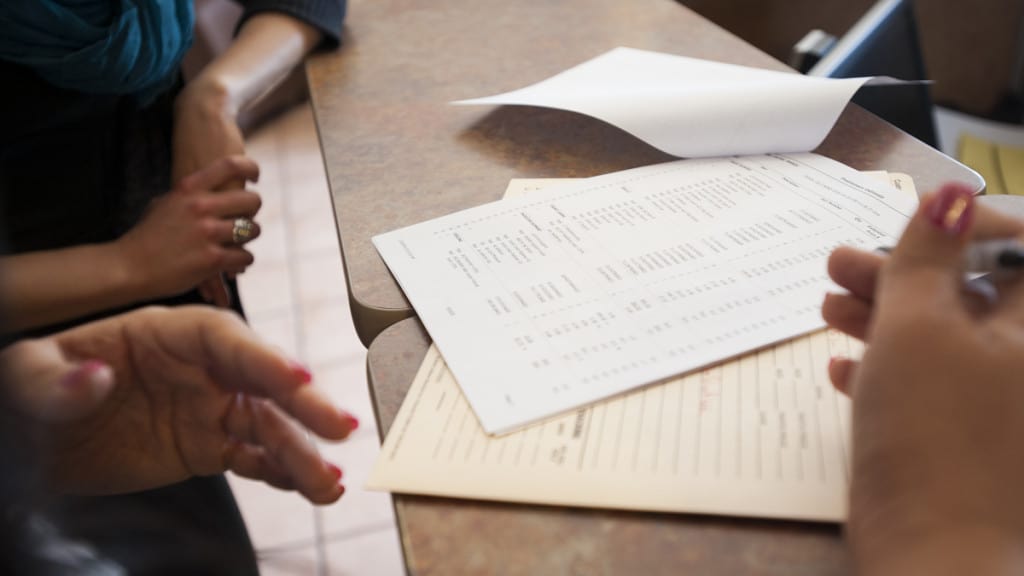How to Prepare a Cash Flow Statement
A cash flow statement shows how money flows in and out of a business. Here’s what you need to know to prepare a cash flow statement for your business.

One of the most important aspects of running your business is managing the amount of money that comes in and goes out. Ideally, more will always be flowing in than flowing out, but it doesn’t always happen that way. You may have to pay your staff and suppliers while waiting to pay yourself. No matter what your situation, it’s helpful to have a picture of where you stand at any given time, and learning how to prepare a cash flow statement is the key. It gives you an overview of how money flows in and out of the business so you can spot trends and manage them.
As with other financial statements, if you use accounting software like QuickBooks or Peachtree, the program will prepare a cash flow statement for you after you enter the pertinent information. However, you can easily prepare a cash flow statement on your own with some simple calculations.
Four Steps to Prepare a Cash Flow Statement
Here are four steps to help you prepare a cash flow statement.
Cash flow statements can be prepared monthly, quarterly, yearly, or for any period you determine to be most helpful. Most businesses find keeping track each month is beneficial.
1. Start with the Opening Balance
For the first month, start with the total amount of cash your business has in its bank accounts.
2. Calculate the Cash Coming in (Sources of Cash)
Figure out all the money you expect to take in during the month. Only include actual money you will be receiving, not the sales you have made. For example, if you signed a contract for $100,000 over the next six months but are only receiving $15,000 of it this month, you would only count $15,000 for now because that would be the cash you have on hand.
Count everything coming in, including all collections of previous sales you made on credit, any transfers of your own personal money into the business, and any loans you might have taken during the period. Basically, you will include every single dollar coming into your business, whether from operations (sales of your goods or services), investments (sales of assets such as business equipment or land), or financing activities (equity you and/or shareholders are providing, or loans).
Add the figure you’ve arrived at in Step 2 to your opening balance from Step 1 to get your total cash balance for the period.
3. Determine the Cash Going Out (Uses of Cash)
Now, count up and enter all of the payments you expect to make for the month. Include items such as inventory, rent, salaries, taxes, loan payments, etc. Take into account everything you’ll spend money on this month.
If you have an annual bill for something like insurance, but have to pay for it all at one time or twice a year, you would count the payment as an expenditure during the month(s) in which you pay it. (You should still budget for it monthly, but you’ll have to come up with the cash during the month it’s actually due.)
4. Subtract Uses of Cash (Step 3) from your Cash Balance (sum of Steps 1 and 2)
The number you’re left with will be how much cash you have left at the end of the month. It will also be your Opening Balance at the start of the next month. If the number is negative, it means you will have a shortfall-not enough cash to cover your expenses.
An Alternative Method
Instead of lumping together all of the sources of cash and all of the uses of cash, you can figure out your cash flow for each category separately. You would have one category for operating activities, one for investing activities, and one for financing activities. For each, you would total up the cash coming in and subtract the payments going out.
How to Use a Cash Flow Statement
The biggest benefit to analyzing your cash flow is the information it provides about how to handle your expenses. While your business may be profitable in the long run, you may still have periods where you don’t have the money to pay your bills. This is especially true for companies that do a lot of invoicing.
Not all customers pay on time, and sometimes, they don’t pay at all. Because cash flow ONLY counts the money you’ve actually received, it can be more realistic than your profit and loss statement when it comes to figuring out the financials of your operation.
When you see the figures in black and white, you’ll realize the periods in which you either have to cut the amount of money you’re spending or increase the money coming in-whether it’s by booking more business, getting paid faster, or getting a loan or a line of credit.